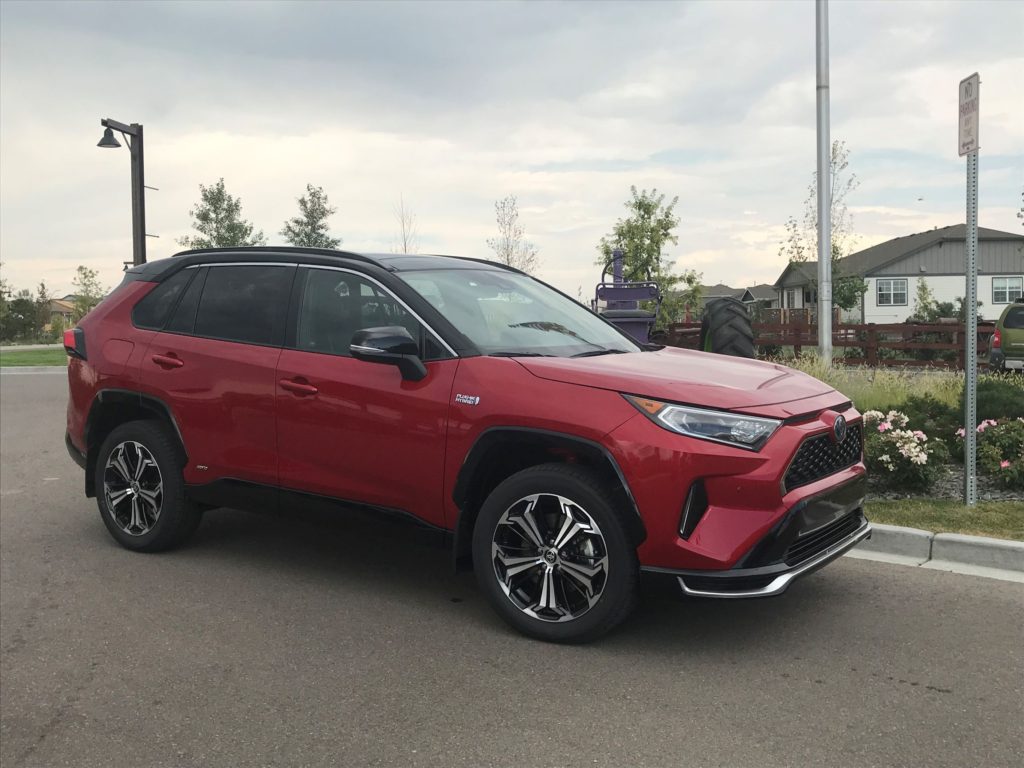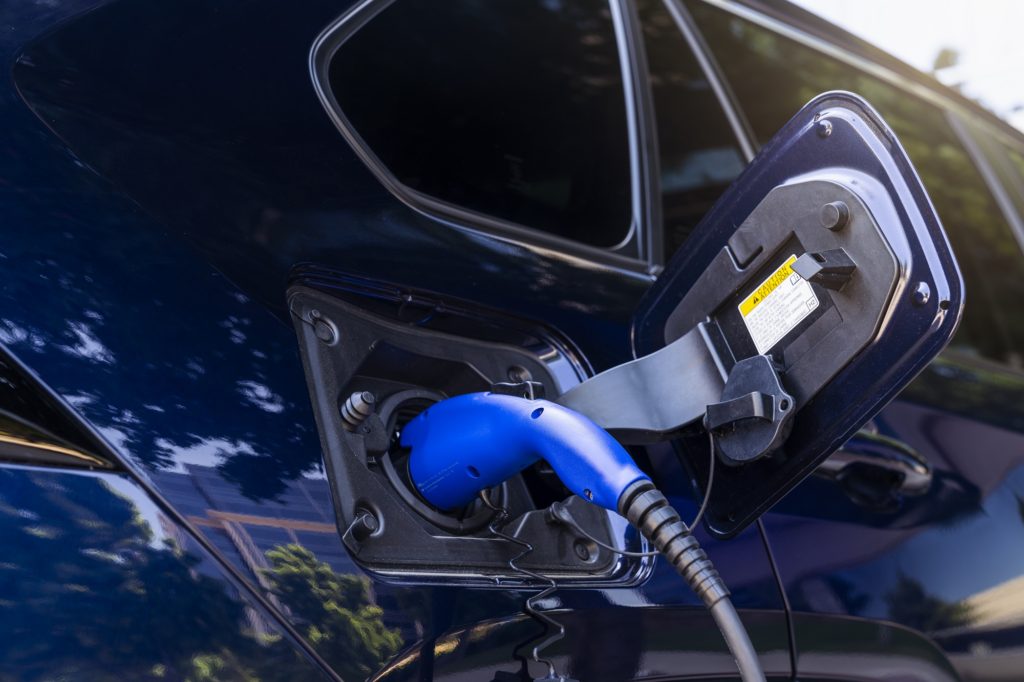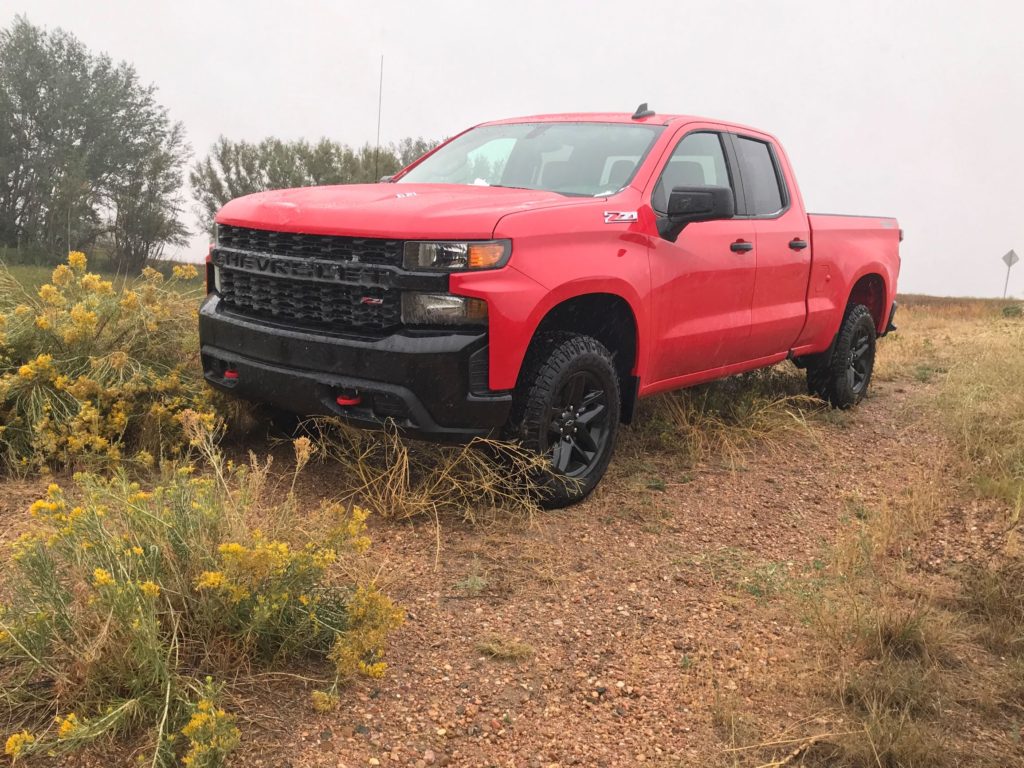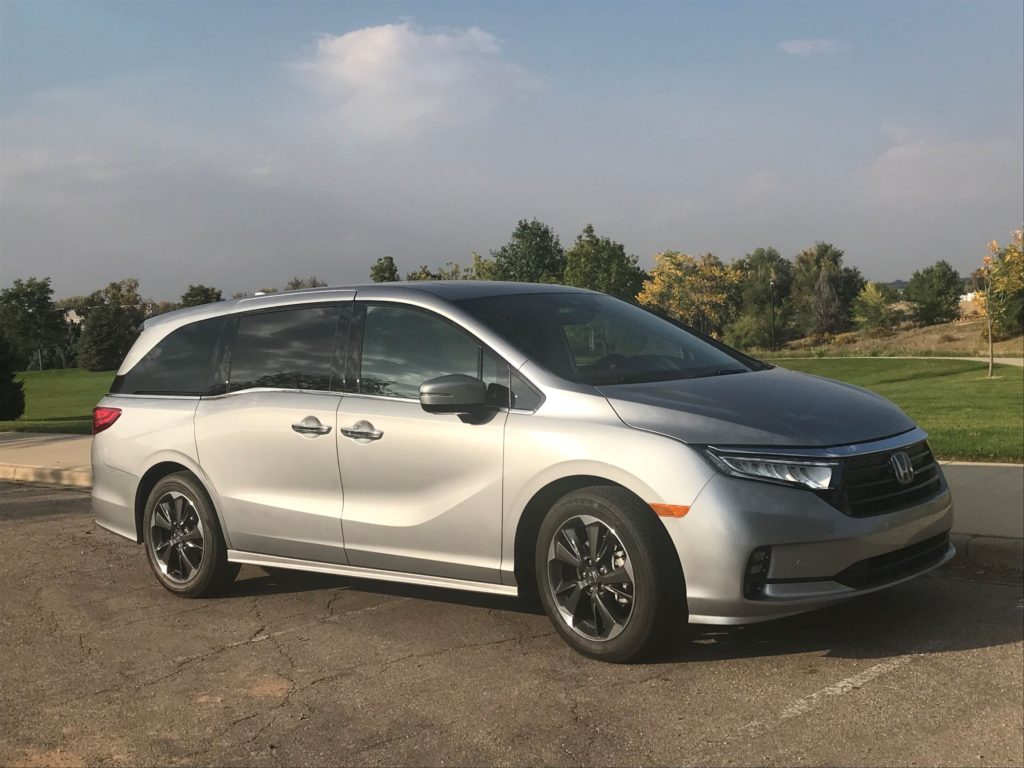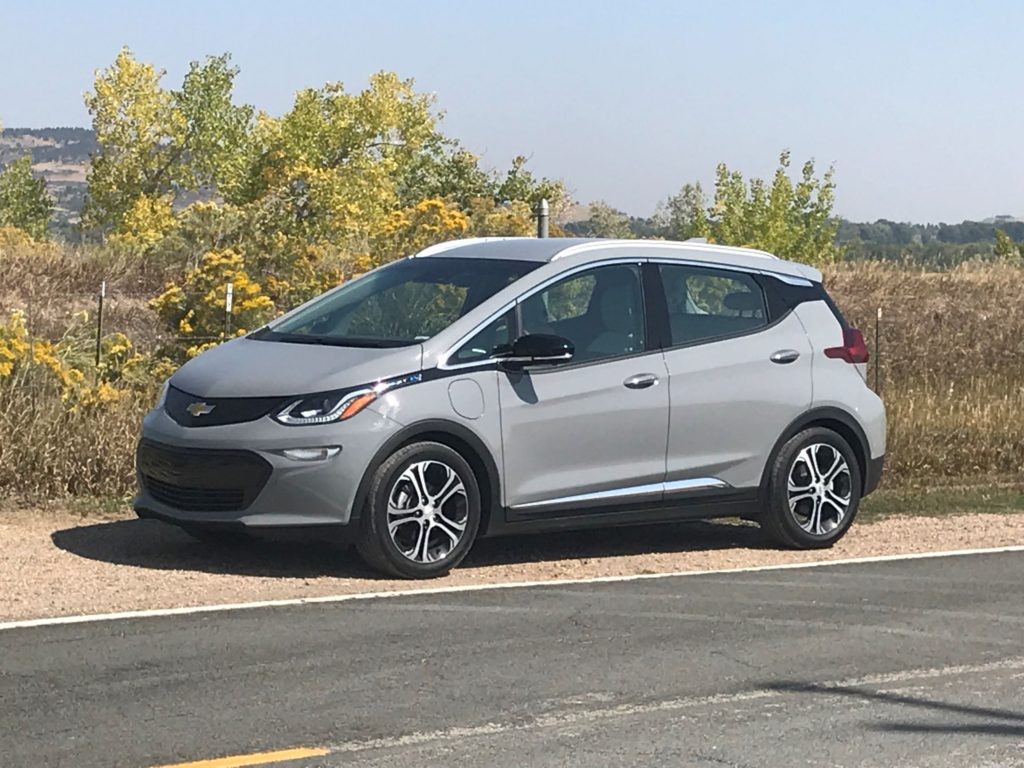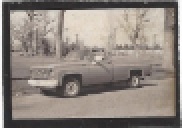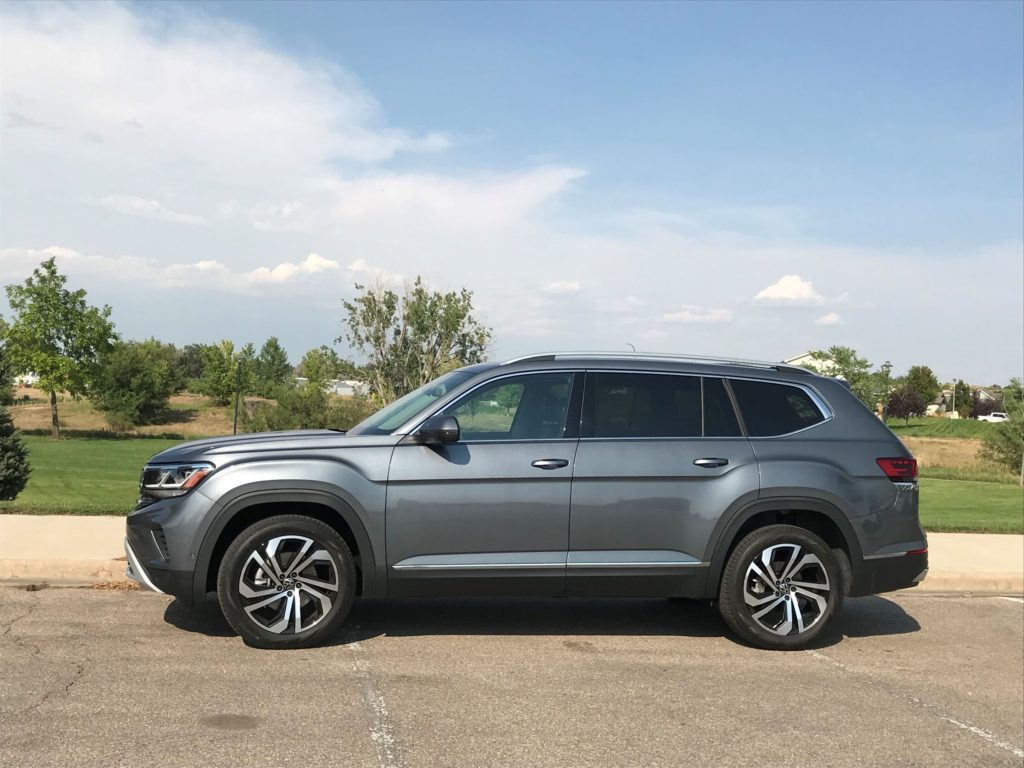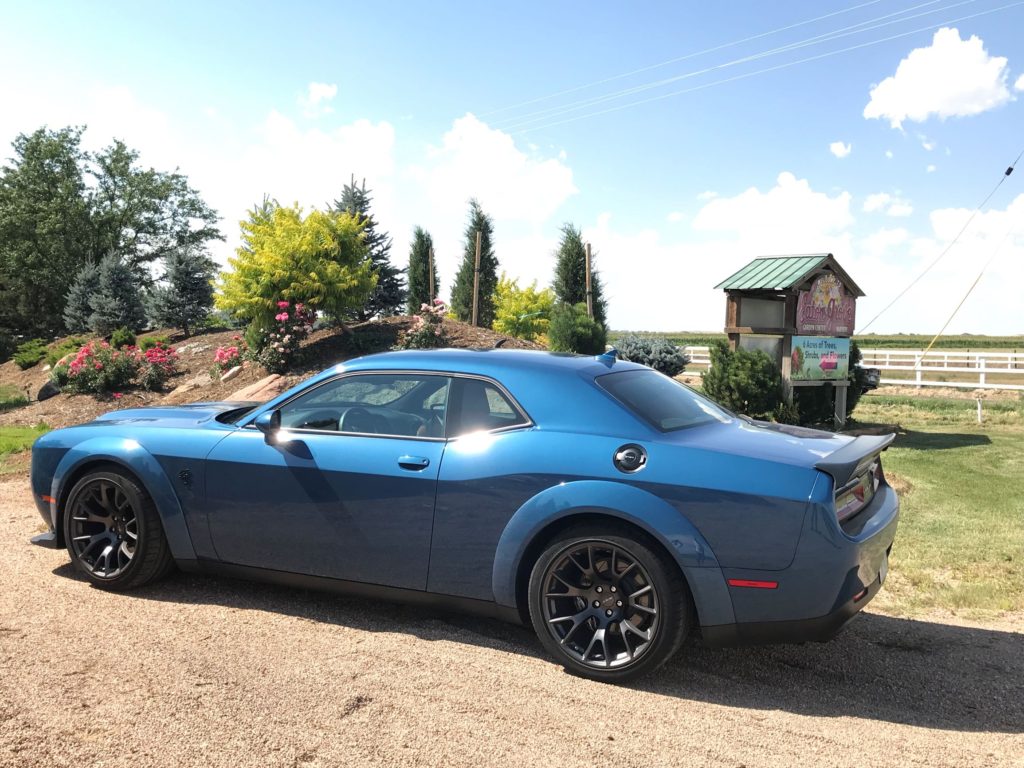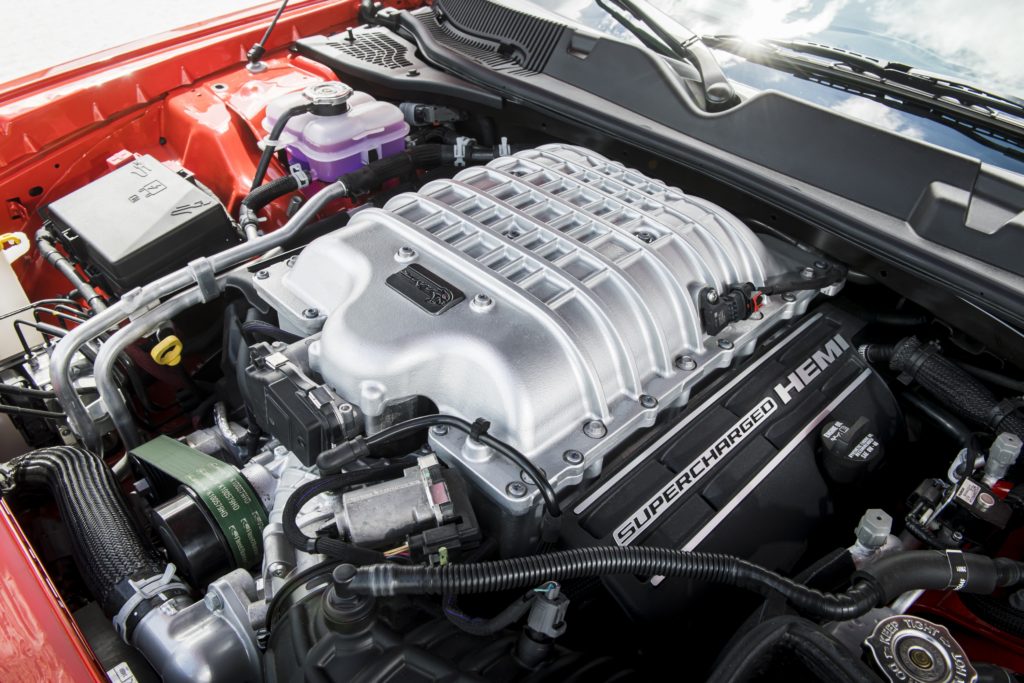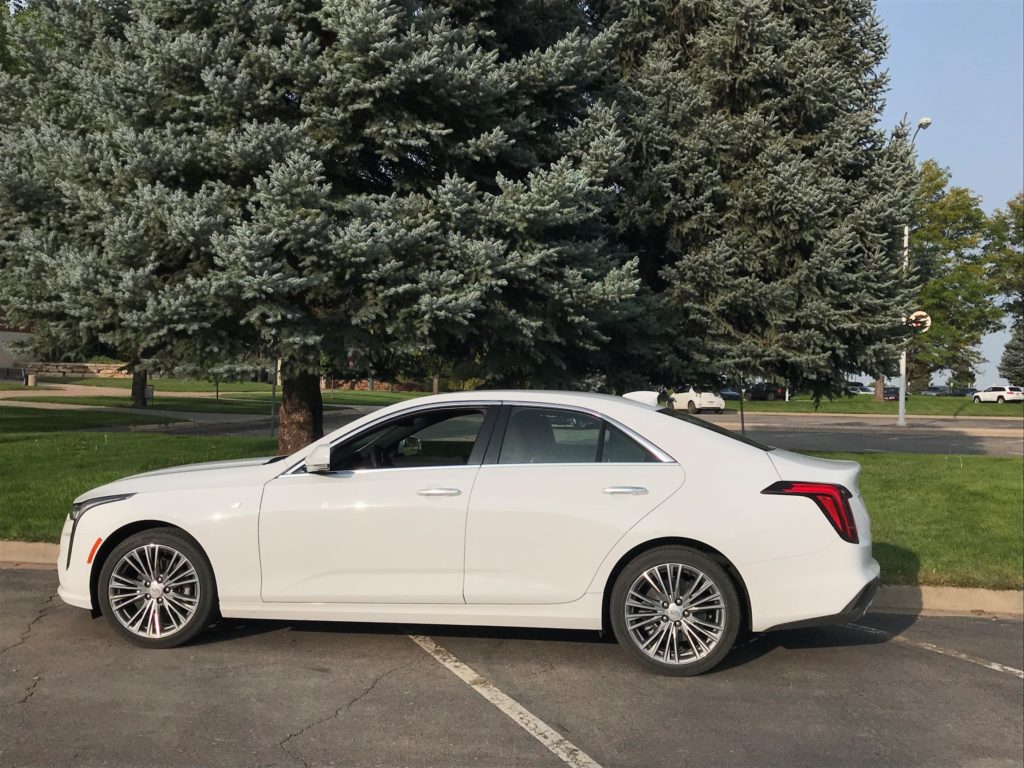
A fun drive it is, regarding the all-new entry-level sedan from Cadillac – the 2020 CT4, replacing the discontinued ATS in the luxury lineup.
A 310-horsepower, 2.7-liter turbocharged V-6 engine mated to a 10-speed automatic transmission boosts considerably the performance level while delivering an EPA fuel estimate of 20/28 miles per gallon.
The CT4 is the smaller of Cadillac’s two remaining sedans; the other is the CT5. They’re built in Lansing, Mich.
Production of Cadillac’s large, rear-wheel-drive sedan, the CT6, ended in January, leaving the CT5 and CT4 as the luxury maker’s only cars. Its biggest sellers are SUVs, led by the XT5.
With Jan and our daughters, Kim Parker and Kathy Allen, aboard, I headed the CT4 on a Sunday afternoon to the north through Fort Collins, then northwest on U.S. 287 to Laramie. Strong climbing capability and passing power were shown by the turboed 2.7. The relatively easy return drive padded the fuel-mileage average to a respectable 26.9 mpg.
The Cadillac’s a decent handler with good agility, a soft ride and it offers one of the more user-friendly infotainment-control settings in its class. Soft leather seats of cinnamon color are a pleaasant touch to the dark dash and headliner. It’s a crowded back seat, even to the point of ducking under the severe slope of the roofline while squeezing lower extremities into the limited foot space. The trunk is tight of space, too, at 10.7 cubic feet.
From a base price of $37,495 for the Premium Luxury trim level, the CT4’s sticker price climbed to $49,640 with such added amenities as the 2.7 turbo, all-wheel drive, Bose surround sound with 14 speakers, adaptive cruise, automatic emergency braking, heated and ventilated seats, heated steering wheel and technology package.
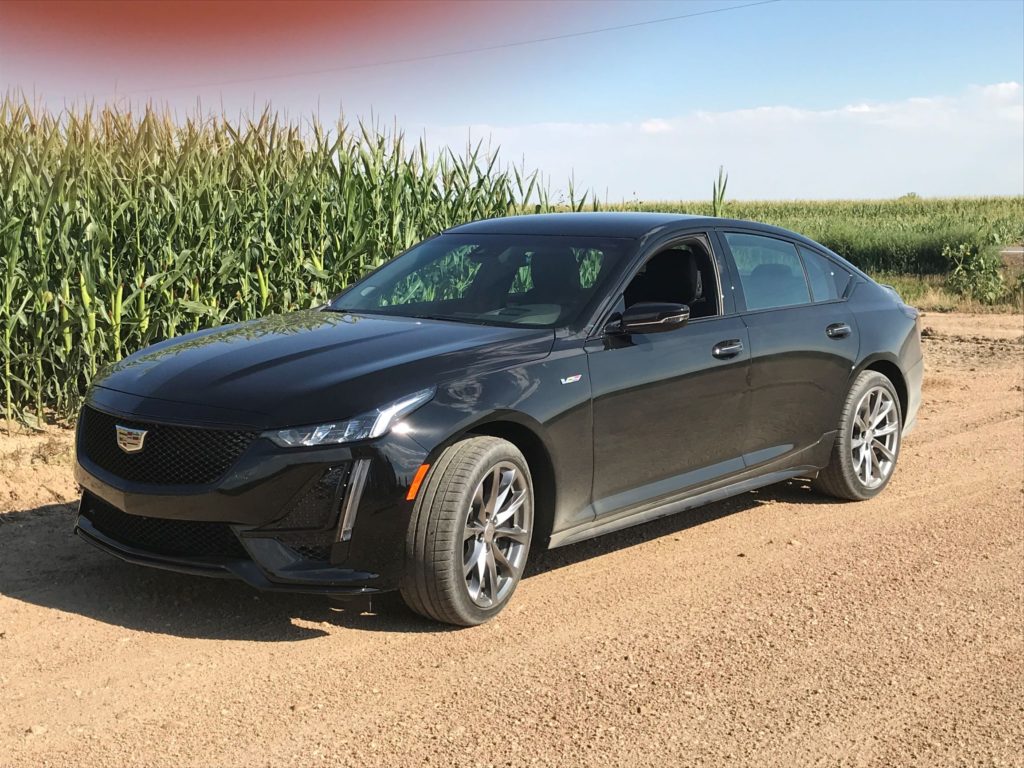
The memory most vivid in the week in August I drove the ’20 Cadillac CT5-V begins with the push of the “V” button, which engaged the performance reactors associated with the 3.0-liter, twin-turbocharged V-6 of 360 horsepower and 405 lb.-ft. of torque.
The CT5’s dimensions measure only fractionally off from those of the Mercedes-Benz E Class sedan. The Cadillac rides on a wheelbase of 116 inches, is 193.8 inches in overall length, 74.1 in width and 57.2 in height.
The smaller CT4, 6 inches shorter than the CT5, is more closely tied to the luxury compacts, including the Mercedes C class, BMW 3 series and Audi A4.
The CT5-V’s sleek, fastback look will steal some attention from the competition, though its interior lacks the appeal presented in the finishes of the German craftspersons.
The Cadillac is a good handler with precise steering, and as V-6’s go, it performs very responsively with its quick-shifting 10-speed automatic transmission. Tires are Michelin 245/40ZR19s. My overall fuel-mileage average of 20.2 fell a bit to the lower side of its EPA estimate of 17/25.
The V-series enhancement, at a cost of $9,000 and sending sticker total to $57,680, added all-wheel drive, navigation, Bose premium audio, leather seating, intellibeam headlamps, lane-keep assist with lane-departure warning and head-up display.


